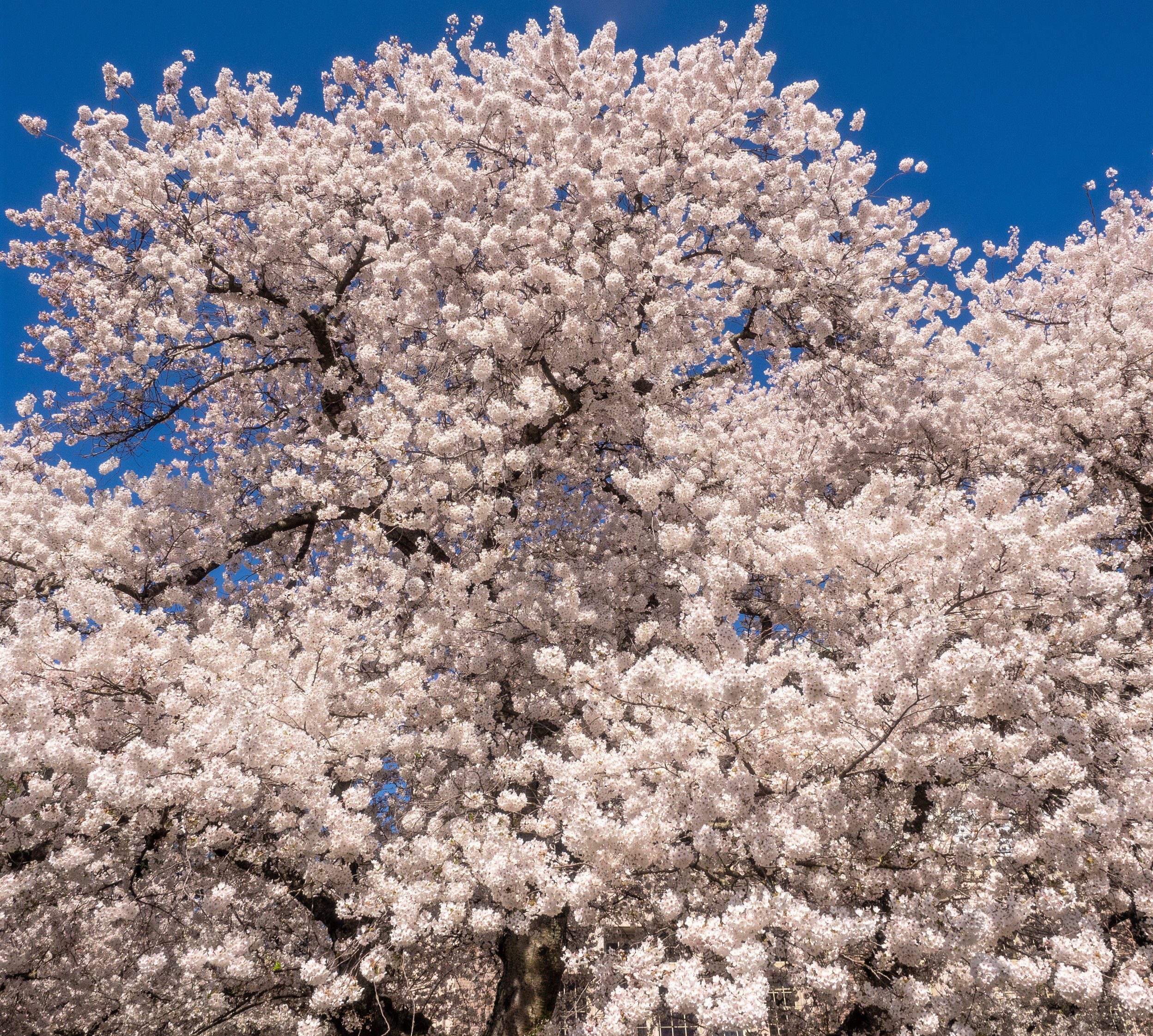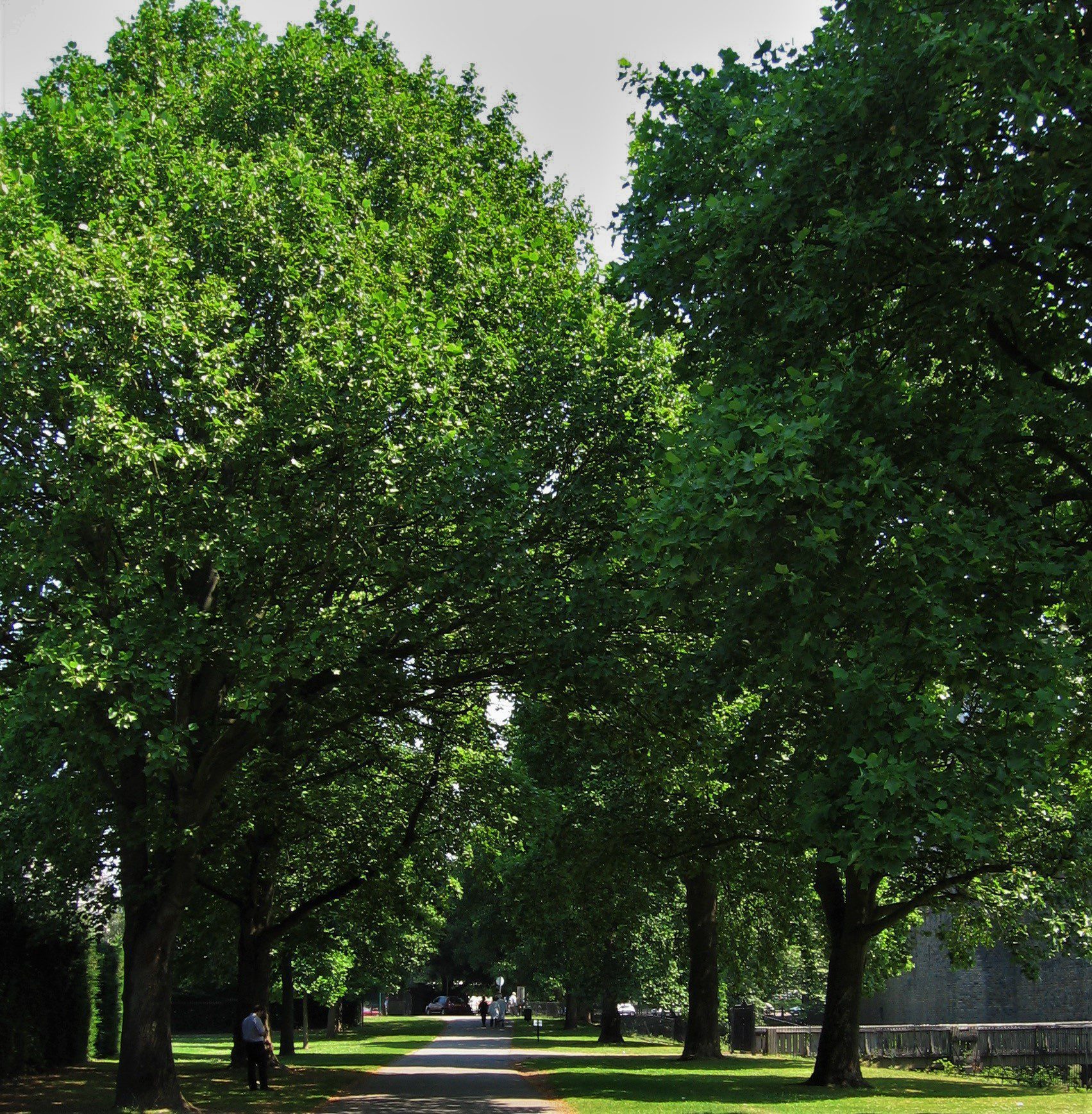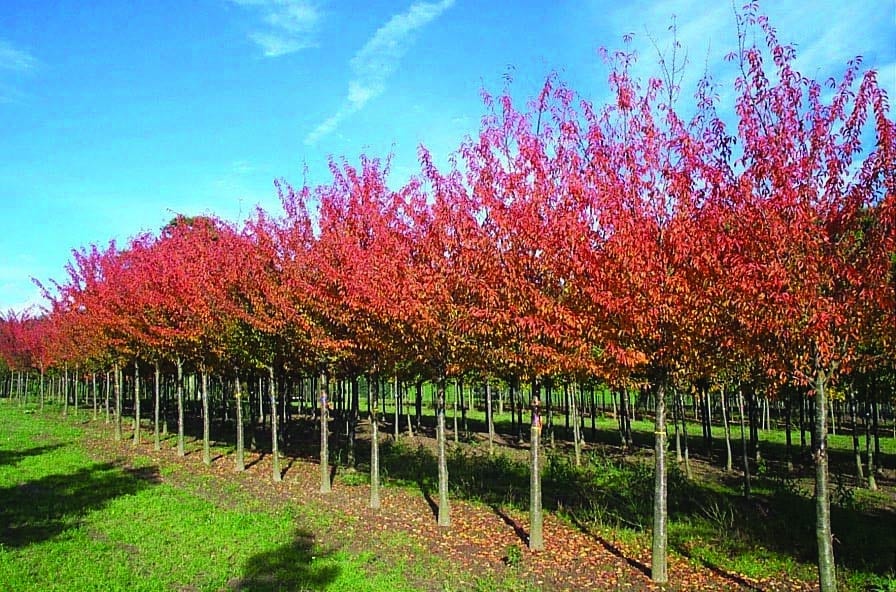In the realm of education, schools serve more than just academic institutions; they are dynamic environments where students learn essential life skills and values. Yet, one aspect that is often overlooked in such settings is the incorporation of nature. An effective and often underutilised method to achieve this, is through the planting of trees in schools and playgrounds.
While undoubtedly enhancing the visual aspect of school grounds, planting trees in schools and playgrounds offer benefits far beyond aesthetics. They play a crucial role in cultivating healthy and sustainable learning environments. Additionally, trees enrich the educational experience by providing hands-on learning opportunities across various subjects, including art, science, and mathematics.
By planting trees, schools empower the next generation of environmental stewards to value and safeguard our planet. Over the years, we’ve supplied trees to numerous schools. Here are some of our top selections.
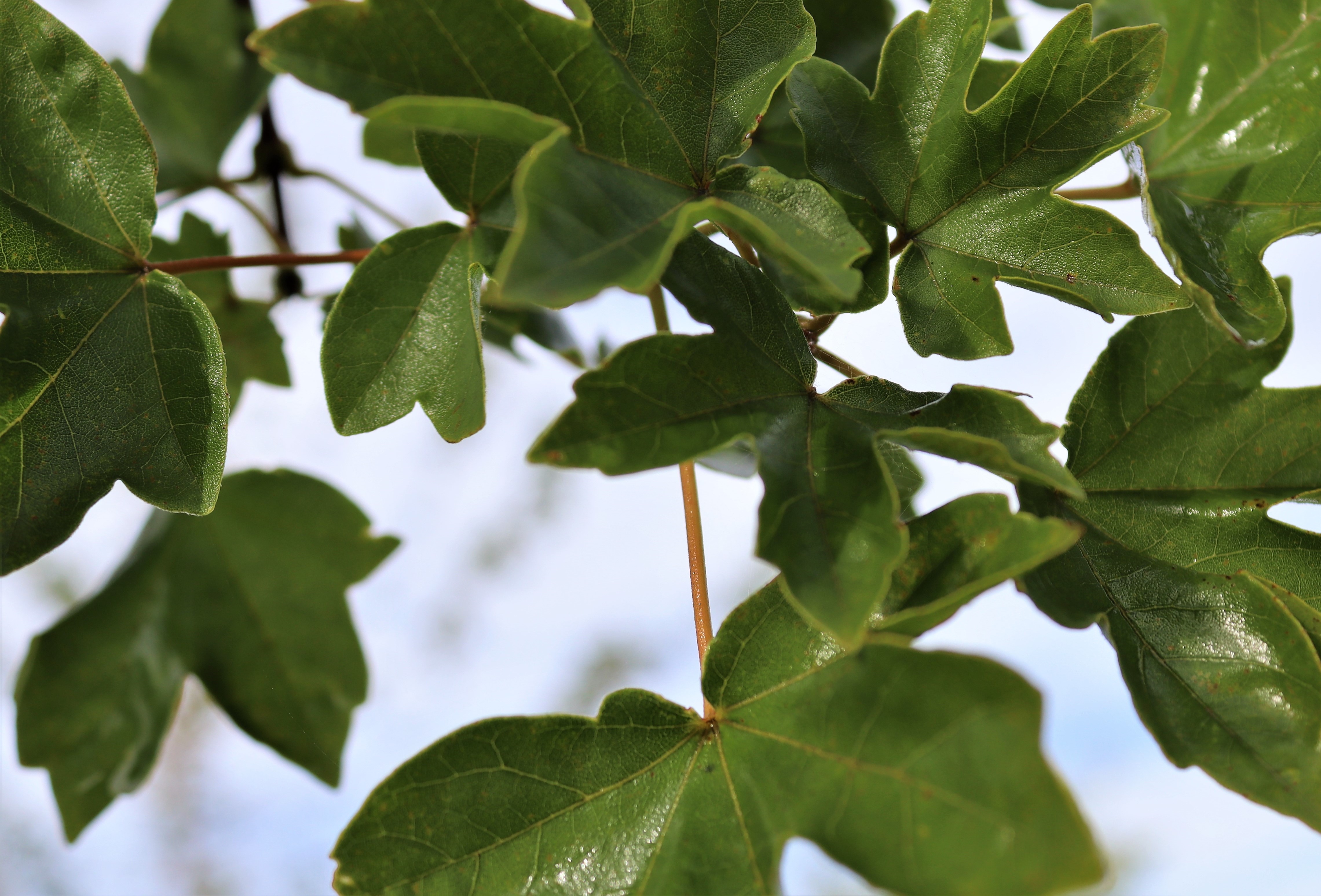
Acer campestre
A native tree that’s particularly well-suited for schools aiming to create a natural setting. With its fissured bark boasting a slightly corky texture, it’s an excellent choice for bark rubbing. Additionally, it’s spinning winged seeds provide entertainment as they twirl down from the branches. Despite the challenges of urban environments such as soil compaction and pollution, the Field Maple thrives remarkably well.
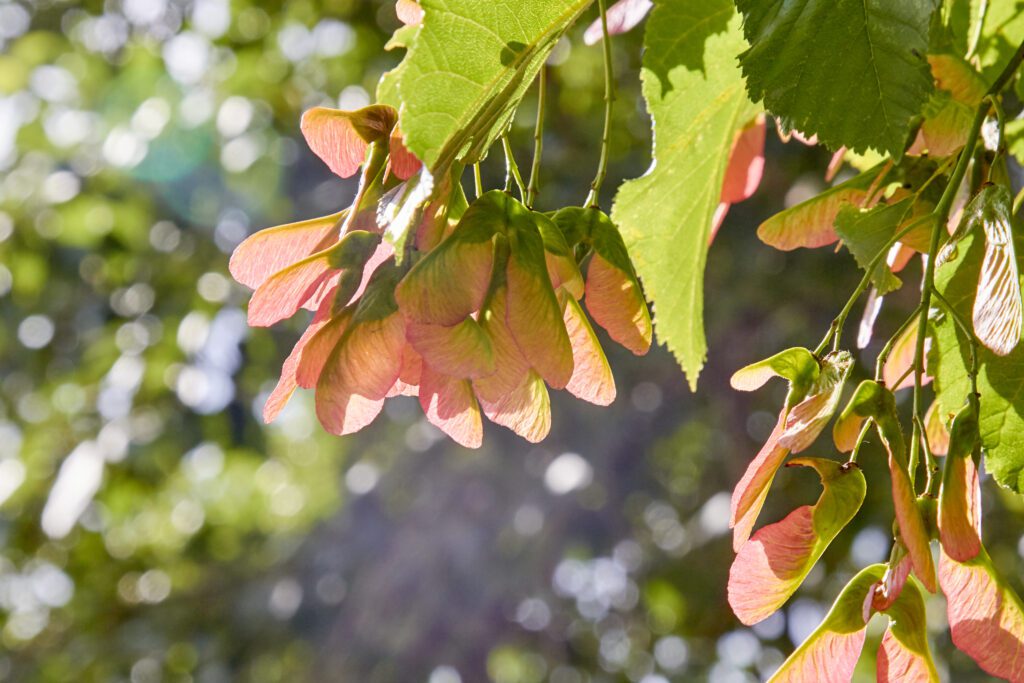
Acer platanoides ‘Deborah’
For schools in search of a resilient tree, Acer platanoides ‘Deborah’ is worth considering. As one of the cultivars of Acer platanoides, the ‘Deborah’ stands out as an ideal tree for schools and playgrounds given its ability to reflect heat and withstand urban pollution. It flourishes, especially in environments framed by towering, solid structures like school buildings. It also demonstrates drought tolerance which is ideal for school holidays when watering may be limited.
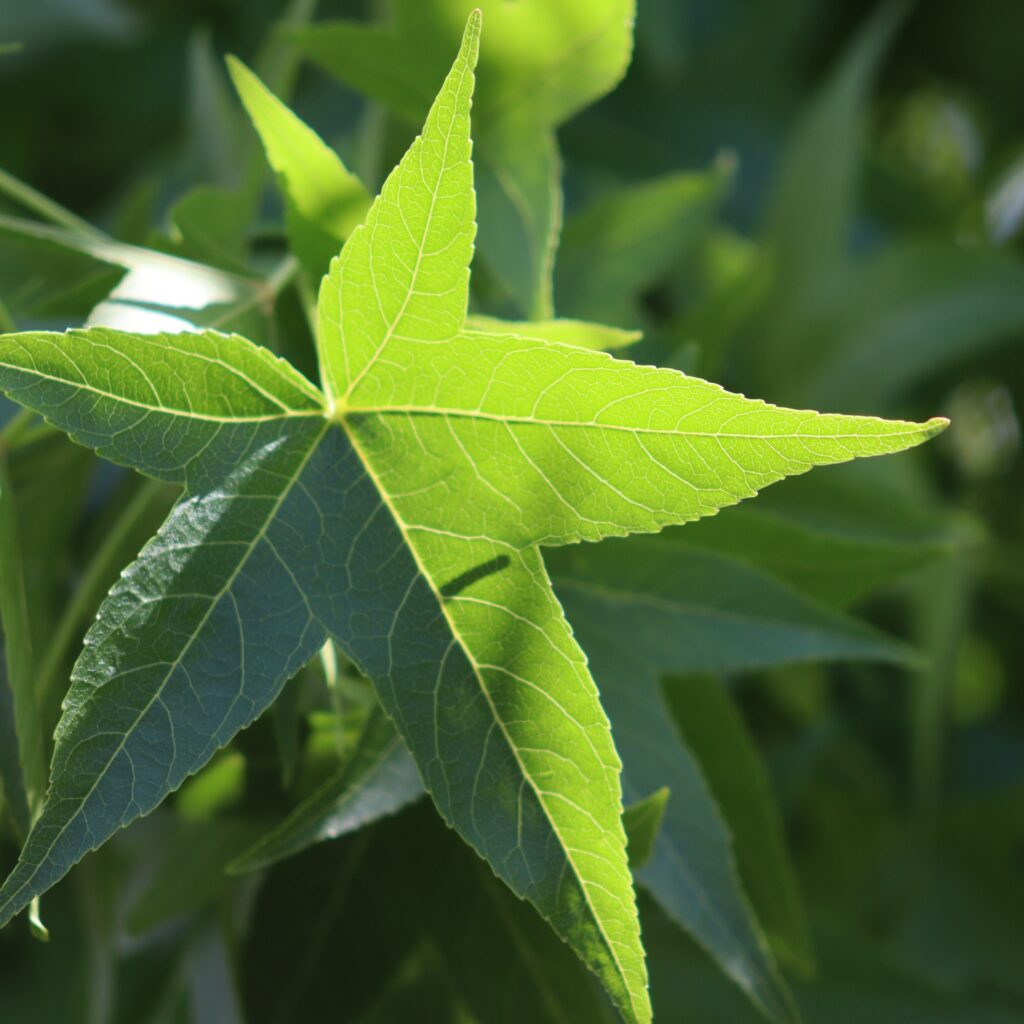
Liquidambar styraciflua
Originating from the marshy terrains of America, the Sweetgum thrives in damp conditions, and tolerates periods of waterlogging, making it an ideal selection for schools susceptible to flooding. Its bark, reminiscent of crocodile skin, aids in water retention, while its expansive canopy of large, star-shaped leaves intercepts rainwater. When crushed, these leaves emit a delightful, sweet fragrance, enhancing the sensory learning experience. The burr balls that emerge during autumn offer fantastic materials for hands-on arts and crafts activities, enriching the educational journey with opportunities for creativity and exploration.
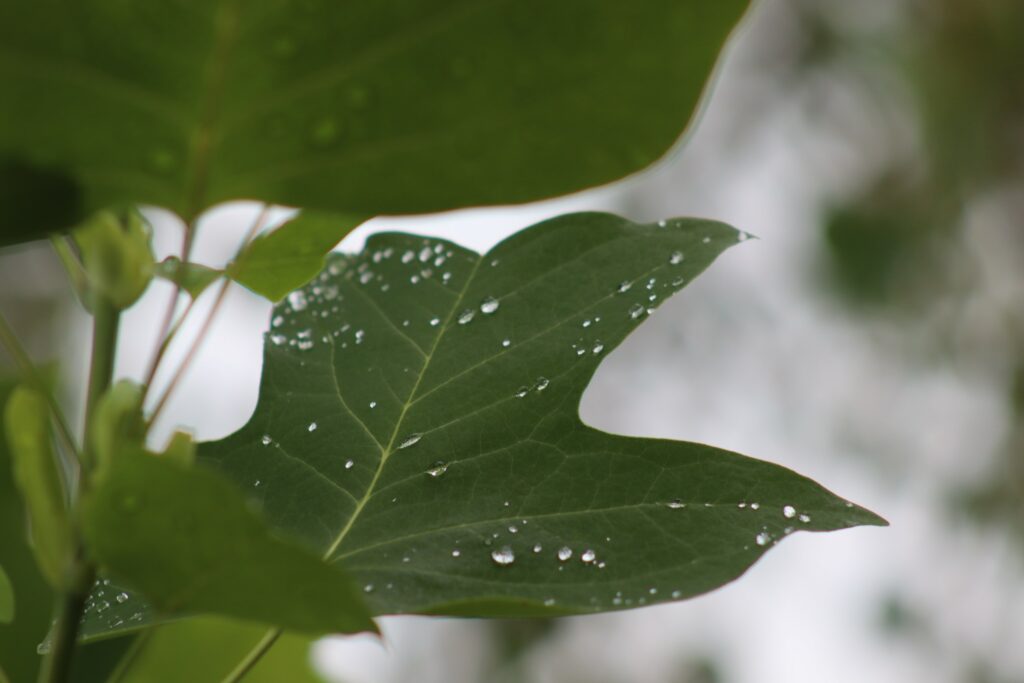
Liriodendron tulipifera
The Tulip Tree offers many opportunities for creative activities with its large violin shaped leaves. Its suitability for crafting is matched by its durability, thanks to its deep roots and resistance to winds, making it ideal for open spaces. In early summer, the tree blossoms with beautiful tulip-shaped flowers, giving a vibrant splash of colour to the surroundings. However, these only appear once the tree reaches maturity. For an immediate visual impact, consider planting our semi-mature Liriodendrons, ensuring a fantastic display in the initial season after planting.
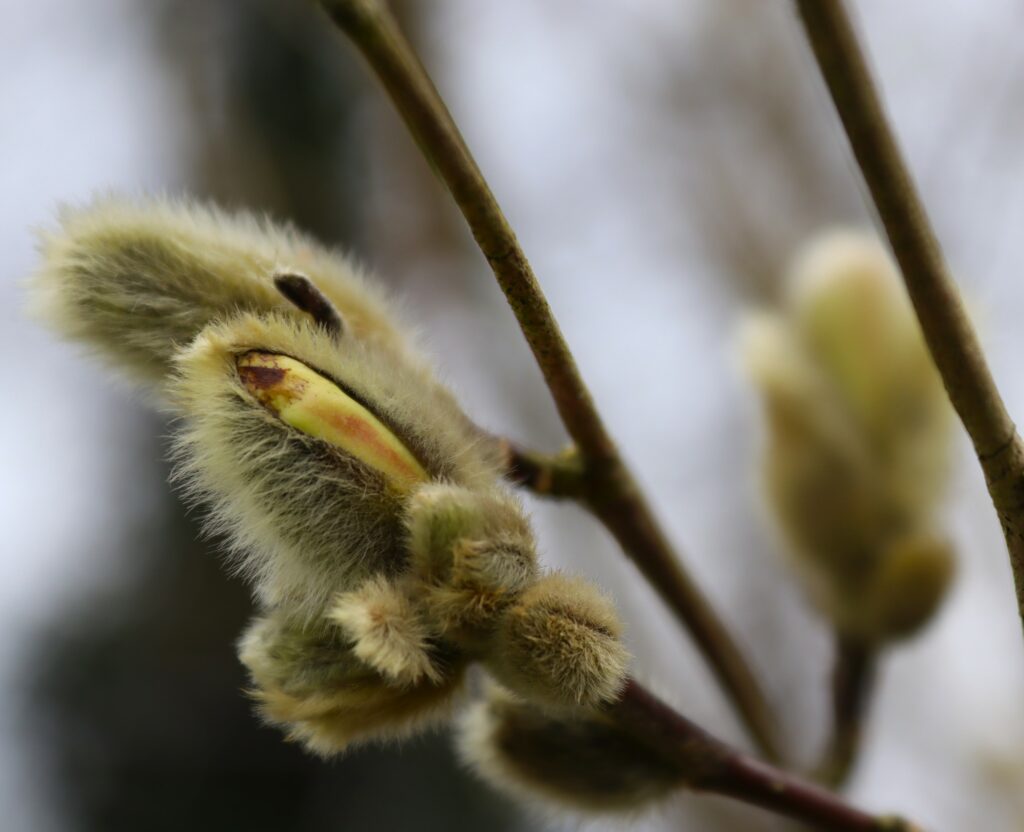
Magnolia Kobus
For schools seeking a flowering tree rich in educational potential, consider planting a Magnolia Kobus. In spring, it produces furry buds that hold fragrant white flowers. Once the flowers emerge, the outer layer of the bud sheds, offering material for arts and crafts projects. The flowers can be preserved through pressing, although they won’t appear until the tree reaches around 15 years old. We offer trees of various ages, ensuring options for immediate floral display. After flowering, the tree produces unique seedpod carpels with small red seeds, reminiscent of pomegranates. Notably, it is one of the few magnolias that maintains an attractive appearance with a single stem, making it ideal for schools with limited space.
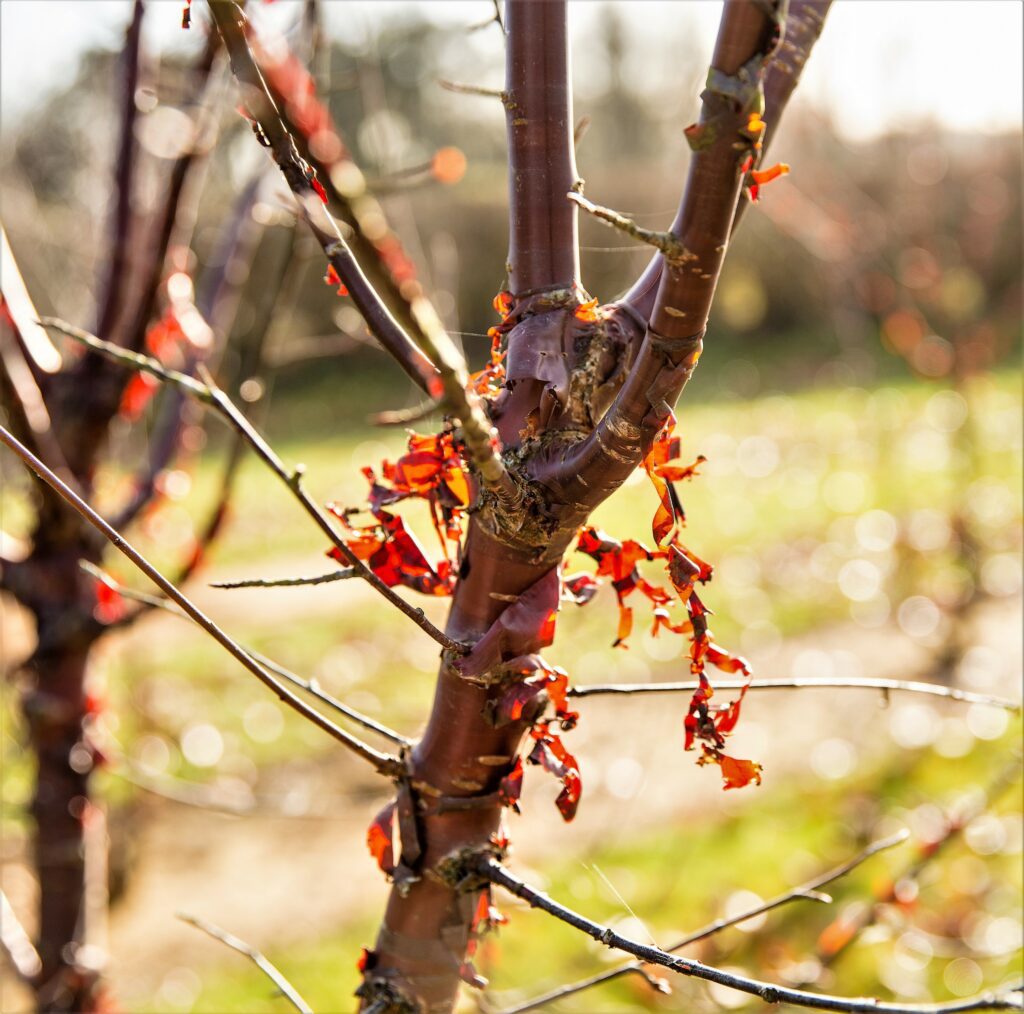
Prunus serrula
Planting a Prunus serrula in schools facing space limitations, is a good choice. It is compact yet sturdy and boasts a remarkable mahogany peeling bark that serves as a captivating focal point for observation and appreciation. The fascinating history of Tibetan Cherry provides interesting history lessons; originally found in western China and Tibet, local villagers utilised its stems for firewood. Equally captivating is its folklore featuring stories of villagers hanging branches in doorways and crafting wooden statues to ward off evil spirits. Students can engage in creating their own symbols using pruned branches. To add a striking feature to the school grounds, consider planting one of our multi-stems.
Whether you’re looking to create a natural setting, promote biodiversity, or engage students in creative activities, our selection of trees offers something for every educational institution.
For inquiries and assistance in selecting the perfect trees for schools and playgrounds, please visit our contact us page.

